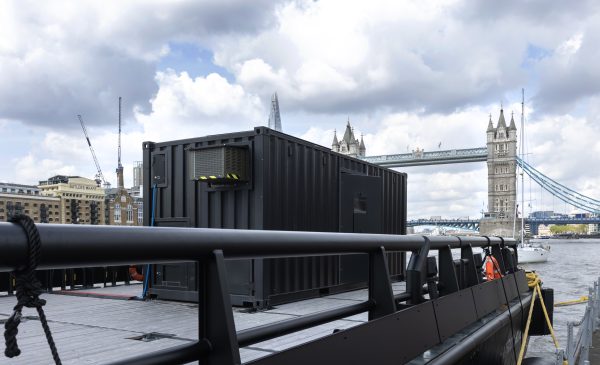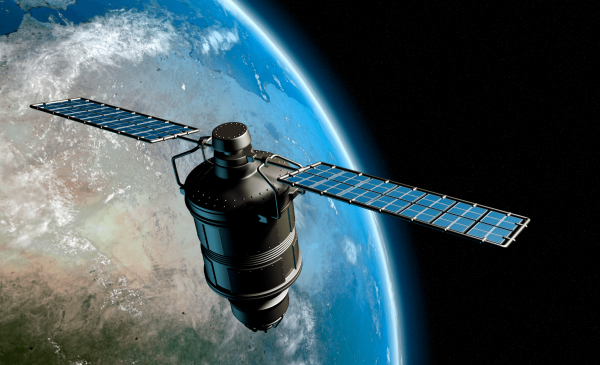The consequences of our Global Navigation Satellite System (GNSS) failing ranges anywhere between inconvenient to catastrophic. It is easy to underestimate how reliant we have become on navigation systems in our daily lives, but we often do not realise how dependant our services and national infrastructure is on GNSS, so much so that it has now become known as the ‘invisible utility’.
Railways, telecommunications and emergency services are just a few of the services now reliant on GNSS for their operations. And yet, when GNSS was first developed by the US Department of Defence, its vulnerabilities were well-known enough to ensure they did not critically depend on it. Global Positioning System (GPS) was created in the 1970s, and now consists of up to 32 satellites circling the Earth in a precise orbit. It was originally intended to be used solely for military applications, but this remit was broadened to the wider public in the 1980s. Over time, GPS was adopted by service providers, companies and consumers, who became both increasingly dependent and oblivious to the weaknesses of the system over time. It has been estimated that by 2020, 80% of the world’s adult population will have access to a smart phone and so access to GNSS.
What happens when our GNSS system fails? According to the Satellite-derived time and position: Blackett review (2018), ‘all GNSS receivers are vulnerable to natural and man-made interference.’ Jamming, spoofing and even space weather can result in inaccurate or loss of signal, and given the level of dependence on the navigation system across main services, this can severely weaken a country’s infrastructure.
At the UK Quantum Technology Hub Sensors and Timing, led by the University of Birmingham, one of our key work streams is to create a quantum inertial navigation system. This is a standalone navigation system which does not rely on satellite signals, and is therefore not vulnerable to the same external risks posed by GNSS.
So how does it work? The system relies on the precision and accuracy possible by measuring properties of supercool atoms. At extremely low temperatures, the atoms behave in a ‘quantum’ way, acting like both matter and waves. Microelectromechanical systems (MEMS) technology is also deployed. When these systems are hybridised, the effects of drift are minimised, and speed is maintained. This means that quantum navigation systems will be built to last for much longer periods of time, where current technology only functions for a short time before signals starts to become less accurate.
The quantum inertial navigation system will prove hugely beneficial to the UK once developed. It will mean that large sections of our services and professions no longer need to be fearful about the possibility of GNSS failing, as it has done in the past. As with much of the sensor research at the Quantum Technology Hub, the system will ensure that the country’s critical infrastructure is more secure and resilient.













